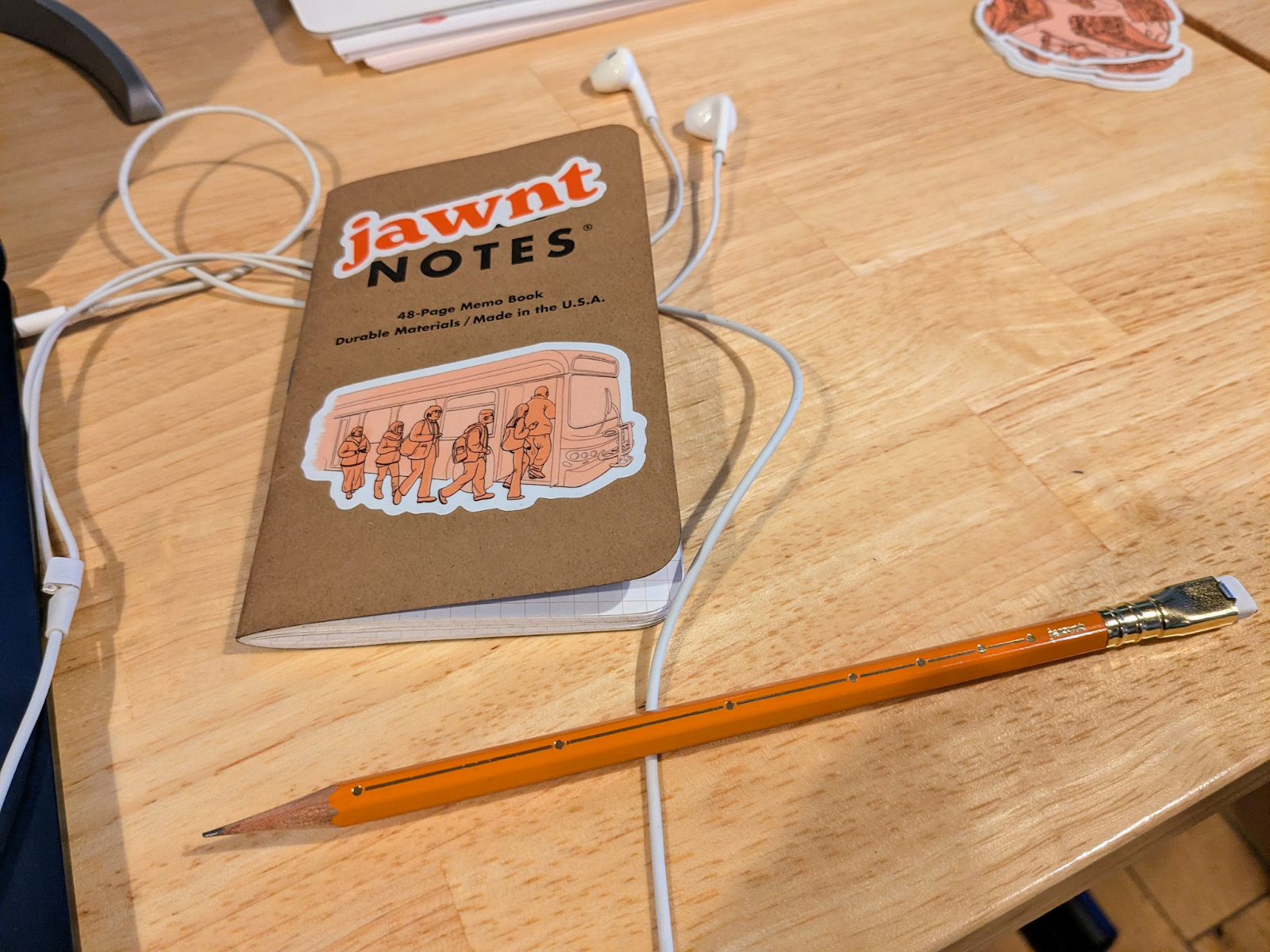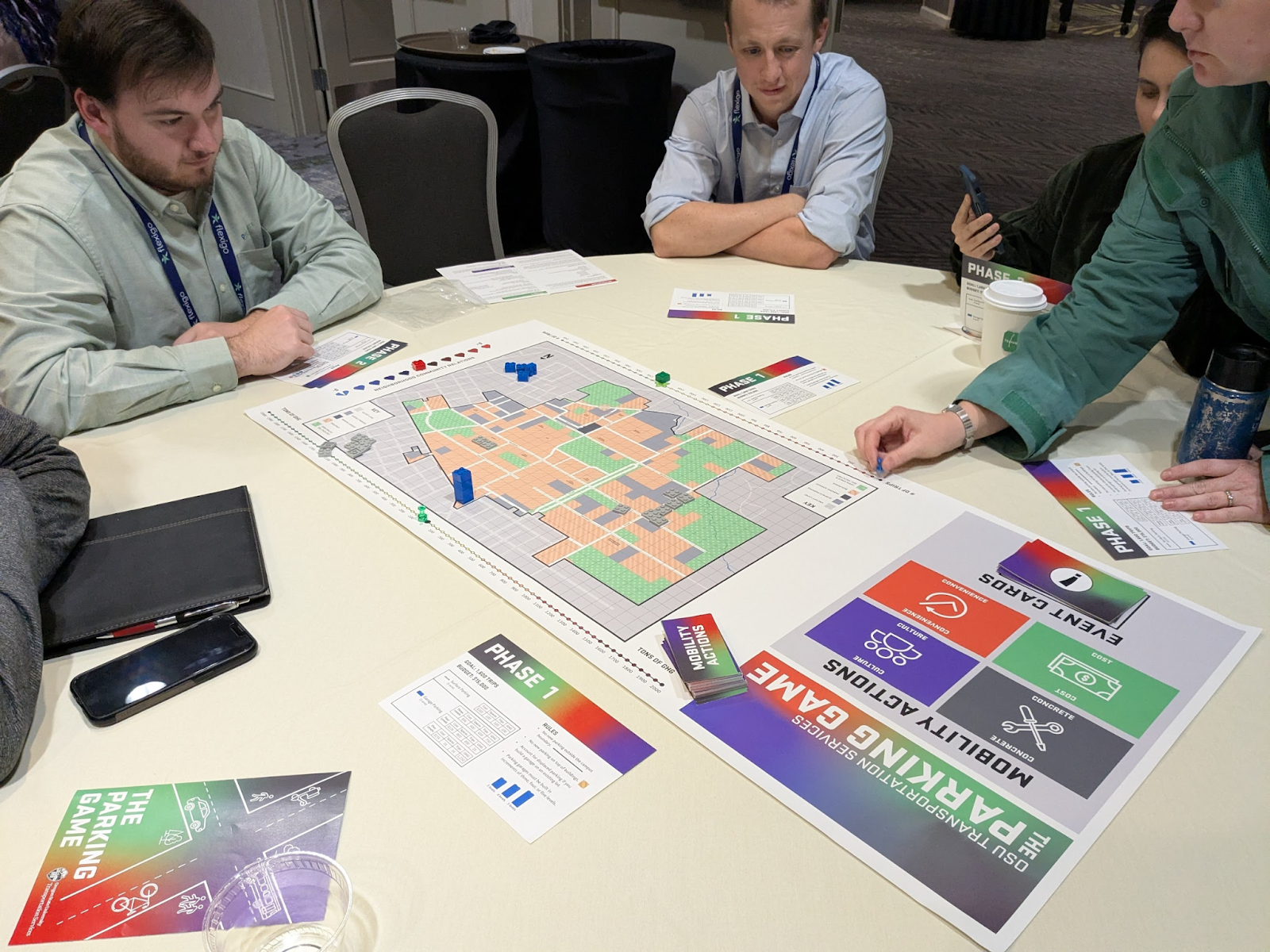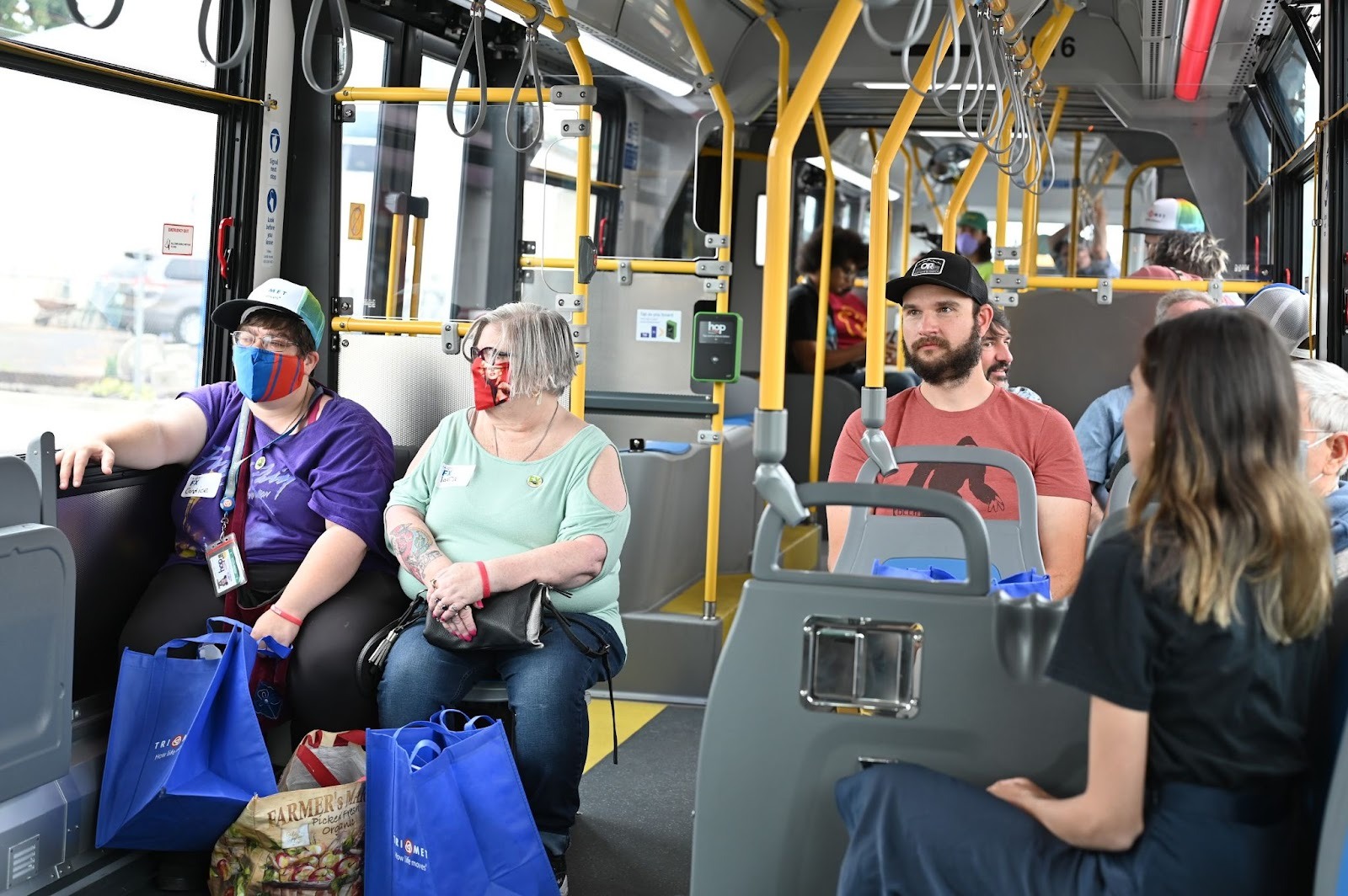Who are you?
What industry do you work in?
The ACT TDM Forum in Portland gave us a chance to dive deeper into some of the most important issues in transportation demand management in 2025. Here's what we learned.

.jpg)
Last week, transportation leaders from around the world convened in Portland, OR for the Association of Commuter Transportation’s 2025 TDM Forum. Still relatively new to the world of TDM (Transportation Demand Management), I was honored to join Jeff and Ruth in representing Jawnt at the two-day conference, and thrilled to learn from the industry’s brightest minds while taking in one of the West Coast’s most beautiful cities.
Terminology check: What is TDM? Transportation Demand Management uses strategies to help people make informed transportation choices, with the goal of improving how we move around our cities in ways that are efficient, affordable, and sustainable.
Forum attendees could choose from several learning tracks, focused on subjects ranging from parking management to TDM for airports. Although I wish I could’ve sat in on all of the education tracks, there was plenty to absorb from the two I attended: making the case for TDM across sectors and managing transportation demand for events.
Now, back from the City of Roses with a notebook full of notes and suitcase full of Powell’s purchases, I’m sharing three big takeaways that stuck with me.

As trivia participants at the Jawnt booth may have learned, Portland got its name from a literal coin toss. These days, most decisions involve a bit more deliberation than that, and transportation is no exception. Whether it’s a tech company implementing a new shuttle service or a city council advocating for safer pedestrian streets, TDM decisions almost always involve dozens of stakeholders, tight budgets, and ever-shifting timelines.
It’s no wonder that the theme of persistence formed a common thread across the Day 1 track Making the Case for TDM. We heard from several speakers who approached the theme from different angles:

Portland wasn’t always the City of Roses, but the 1905 Lewis and Clark Exposition and 1906 inaugural Rose Festival established the rose as the city’s emblem. Now imagine a citywide event making the subway or bicycle a local icon! With the 2026 FIFA World Cup and 2028 Olympics around the corner, cities across the US have the chance to rethink how they want to be perceived in the next 100 years, following in the footsteps of Paris and Ottawa:
These cities show us how events can be the catalyst for widespread, sustainable transportation changes, and we’re keeping a close eye on how this is playing out in cities near us.
Side note: For those interested in Portland’s rose history, the city’s most interesting selection of roses is in the International Rose Test Garden, but the gardens at Ladd’s Addition are a lovely way to explore the residential side of the city (and easy to access by streetcar or bus!).

TDM is full of systems thinking, data, and planning, but spreadsheets can’t replace street-level empathy. I think this is both the easiest and hardest part of our jobs: we naturally want to connect with riders at an individual level, but we also need to navigate the needs of agencies, employers, planners, and policymakers.
At the end of the day, these anecdotes were an important reminder of who we’re serving. Whether we’re working with employers to design sustainable commuter benefits, helping cities roll out mobility wallets for low-income residents, or simply assisting someone with their commute to work, riders are always at the core of what we do at Jawnt.

There are many things uncertain in our industry right now, but in Portland we were reminded of what is within reach. I’m inspired by the folks who are doing the research, challenging what the future of transportation looks like, and centering riders’ voices. As TDM professionals, we know changing commuting habits won’t happen overnight. It’s a long game, but persistence is our superpower.
Learn more about how to get involved on ACT’s website.